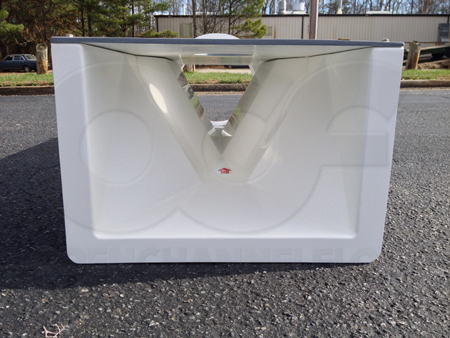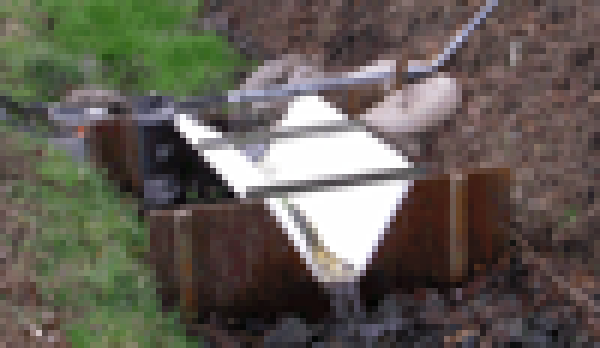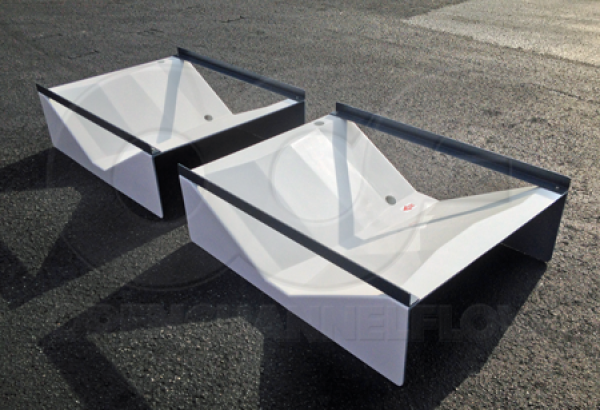This website uses a variety of cookies, which you consent to if you continue to use this site. You can read our Privacy Policy for
details about how these cookies are used, and to grant or withdraw your consent for certain types of cookies.
Using H & Trapezoidal Flumes to Measure Storm Water
Measuring storm water presents difficulties that other applications don’t usually experience.
In particular, the flow rates in a storm water application can vary widely. Initial flows may be light (as rain seeps into the ground) or heavy (depending upon catchment absorption / rain intensity). Also, once the catchment is saturated, the flows at a storm water site can rise dramatically as the surrounding soil can no longer absorb the rainfall. Any flume used to measure storm water must, therefore, have a wide operating range – typically meaning that Trapezoidal or H style Flumes are used (although Trapezoidal Flumes lack the resolution / sensitivity that the H Flume offers).
Additionally, the initial flush through the flume may contain high levels of debris, sediments, floatables, solids, and trash. The flat bottom of the H Flume passes solids well, and at higher flows, passes floatables and trash easily.

Trapezoidal Flumes similarly pass solids well as their bottoms are flat and their side walls expand outward. At lower flows, the backward angled V-shaped discharge can cause issues with floatable and trash. This can, however, pass as flow rates rise.

Both the Trapezoidal and H style Flumes require relatively short upstream straight runs – particularly when compared to long throated flumes.
When the site has little slope to work with, Trapezoidal Flumes are the better choice – particularly when downstream submergence may be an issue. Where changes in elevation are possible, H Flumes work well, allowing flow to spill off the end of the flume. H flumes should not, however, be used when the flow cannot easily flow away from the end of the flume. The flume has little ability to resist the effects of submergence and the correction for it – should it occur – is complex.

Finally, both Trapezoidal and H style Flumes can be provided with inlet and outlet end connectors to allow them to connect to storm water conduits / piping and each flume can integrate a range of mounting options for secondary flow meter sensors.
Related Blog Posts
Explore more insights in our blog.

LOCATIONS IN ATLANTA, GA & BOISE, ID



